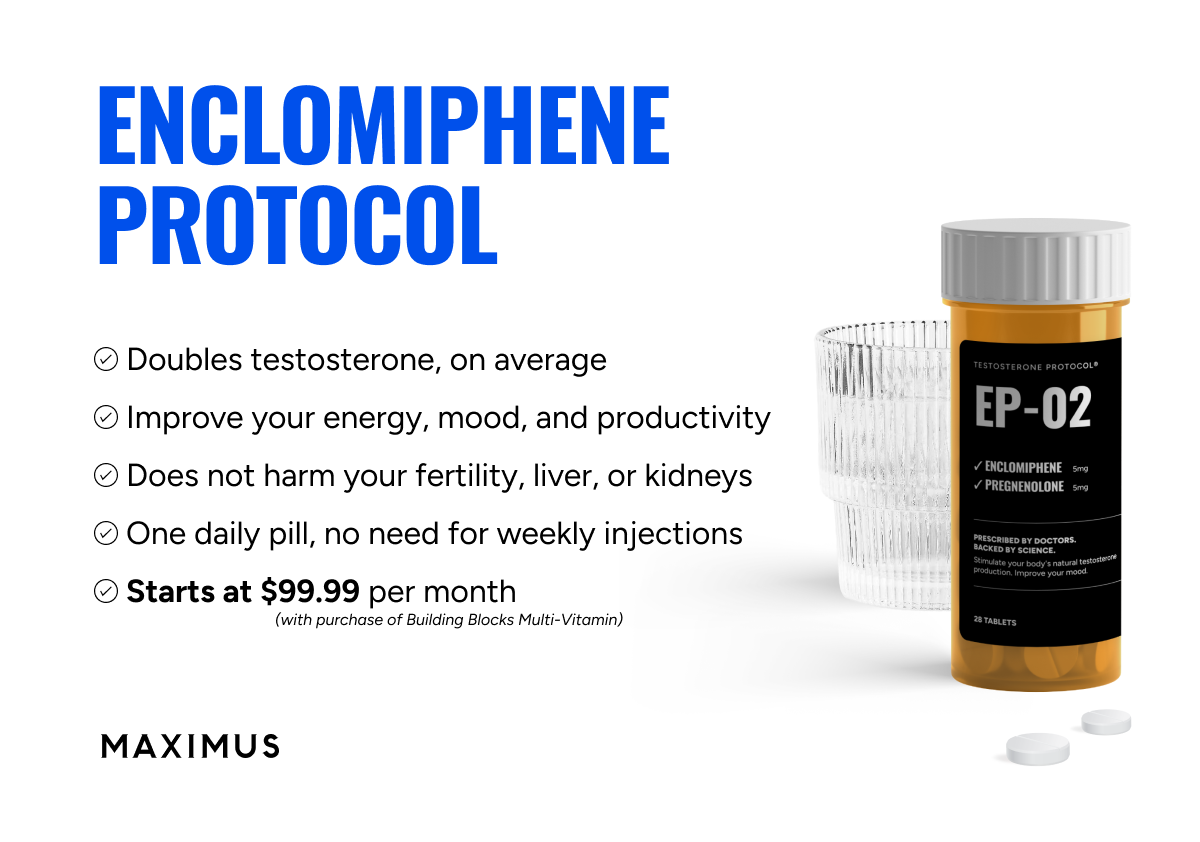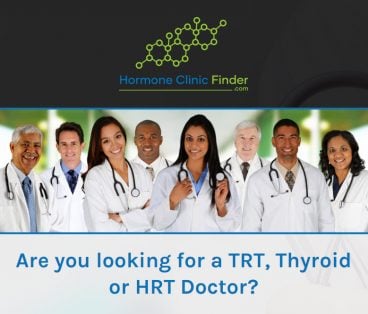Nelson Vergel
Founder, ExcelMale.com
Recently published.
"Only over the past few years have clinical intervention studies begun to confirm preclinical evidence that estradiol contributes to body weight regulation and metabolic health in men. One small study examined the effects of testosterone replacement in obese men with low-normal baseline serum testosterone concentrations. Whereas treatment with testosterone gel led to significant reductions in adiposity, these changes were not seen when testosterone was co-administered with an aromatase inhibitor. (Juang et al., 2014) In a larger study of healthy men, 2 subject cohorts were administered the GnRH analogue goserelin acetate to suppress endogenous sex steroid production. Simultaneously, subjects in the first cohort received either placebo gel or variable doses of add-back testosterone gel, and the second cohort of subjects received either placebo gel or testosterone gel with an aromatase inhibitor. Strikingly, whereas androgen exposure appeared to mediate changes in lean mass, estradiol rather than testosterone was found to be the primary determinant of changes in fat mass. (Finkelstein et al., 2013) Subsequently, another clinical study similarly enrolled healthy, eugonadal men and rendered them medically castrate through use of the GnRH antagonist acyline. Subjects in this study variably received placebo gel, low-dose or full replacement dose testosterone gel, or full replacement dose testosterone gel with an aromatase inhibitor. In all 3 treatment groups rendered sex steroid deficient, significant increases in body fat mass were evident within only 4 weeks of drug treatment. (Chao et al., 2016) Again, estradiol rather than testosterone deprivation exhibited a stronger correlation with the observed increases in adiposity."
Conclusion: Estrogen blocking can result in fat mass increase.
Full paper
Source: Chapter 24: Estrogens and Body Weight Regulation in Men

Another study:
In this study, we have shown that testosterone has potent anti-obesogenic effects. Notably, testosterone blocks the expansion of both visceral and subcutaneous fat (Fig. 3E, G), whereas DHT specifically impedes subcutaneous fat growth (Fig. 3E, G) without significantly impacting total fat mass (Fig. 3B). Estradiol, on the other hand, specifically prevents the expansion of visceral fat (Fig. 3E, G). Thus, the conversion of testosterone to DHT and estradiol likely contributes to the regulation of depot-specific fat mass.
"Only over the past few years have clinical intervention studies begun to confirm preclinical evidence that estradiol contributes to body weight regulation and metabolic health in men. One small study examined the effects of testosterone replacement in obese men with low-normal baseline serum testosterone concentrations. Whereas treatment with testosterone gel led to significant reductions in adiposity, these changes were not seen when testosterone was co-administered with an aromatase inhibitor. (Juang et al., 2014) In a larger study of healthy men, 2 subject cohorts were administered the GnRH analogue goserelin acetate to suppress endogenous sex steroid production. Simultaneously, subjects in the first cohort received either placebo gel or variable doses of add-back testosterone gel, and the second cohort of subjects received either placebo gel or testosterone gel with an aromatase inhibitor. Strikingly, whereas androgen exposure appeared to mediate changes in lean mass, estradiol rather than testosterone was found to be the primary determinant of changes in fat mass. (Finkelstein et al., 2013) Subsequently, another clinical study similarly enrolled healthy, eugonadal men and rendered them medically castrate through use of the GnRH antagonist acyline. Subjects in this study variably received placebo gel, low-dose or full replacement dose testosterone gel, or full replacement dose testosterone gel with an aromatase inhibitor. In all 3 treatment groups rendered sex steroid deficient, significant increases in body fat mass were evident within only 4 weeks of drug treatment. (Chao et al., 2016) Again, estradiol rather than testosterone deprivation exhibited a stronger correlation with the observed increases in adiposity."
Conclusion: Estrogen blocking can result in fat mass increase.
Full paper
Source: Chapter 24: Estrogens and Body Weight Regulation in Men
Another study:
In this study, we have shown that testosterone has potent anti-obesogenic effects. Notably, testosterone blocks the expansion of both visceral and subcutaneous fat (Fig. 3E, G), whereas DHT specifically impedes subcutaneous fat growth (Fig. 3E, G) without significantly impacting total fat mass (Fig. 3B). Estradiol, on the other hand, specifically prevents the expansion of visceral fat (Fig. 3E, G). Thus, the conversion of testosterone to DHT and estradiol likely contributes to the regulation of depot-specific fat mass.
Testosterone metabolites differentially regulate obesogenesis and fat distribution
Zachary L. Sebo, Matthew S. Rodeheffer
Abstract
Objective: Low testosterone in men (hypogonadism) is associated with obesity and type II diabetes. Testosterone replacement therapy has been shown to reverse these effects. However, the mechanisms by which testosterone regulates total fat mass, fat distribution, and metabolic health are unclear. In this study, we clarify the impact of hypogonadism on these parameters, as well as parse the role of testosterone from its...
Zachary L. Sebo, Matthew S. Rodeheffer
Abstract
Objective: Low testosterone in men (hypogonadism) is associated with obesity and type II diabetes. Testosterone replacement therapy has been shown to reverse these effects. However, the mechanisms by which testosterone regulates total fat mass, fat distribution, and metabolic health are unclear. In this study, we clarify the impact of hypogonadism on these parameters, as well as parse the role of testosterone from its...
- madman
- dht and estradiol regulate fat mass
- Replies: 4
- Forum: Testosterone Side Effect Management
Last edited:














